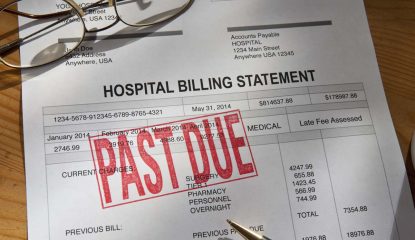Charity Care Policies Wildly Different Among Neighboring Hospitals
By Consumers for Quality Care, on June 26, 2024

A two-year project conducted by the Lown Institute has found that financial-assistance policies vary greatly between hospitals nationwide – including between hospitals in the same city within walking distance of each other.
All nonprofit hospitals are legally required to offer financial assistance and charity care to eligible consumers, but there are no national guidelines for who is eligible for discounted or free care. Nor are there national guidelines for how much assistance they should receive.
As part of its Free Care Accountability project, the Lown Institute analyzed the financial-assistance and collection policies of 1,250 hospitals. Most hospitals provide charity care for consumers whose household incomes fall below 250 percent of the federal poverty guidelines (FPG). For a family of three, this is an annual income of $64,550.
Although 250 percent was the eligibility level for most hospitals, researchers found “substantial variation” in requirements for some hospitals, even for those in the same city. At Brigham and Women’s Medical Center in Boston, financial assistance is restricted to only those families of three whose household income falls below 150 percent FPG, or $38,730 annually. A short 10-minute walk away is Beth Israel Deaconess Medical Center, where a family of three earning up to 400 percent FPG, or $103,280 annually, is eligible for financial assistance. In San Francisco, a family of three earning just over $100,000 would be eligible for charity care at CPMC Van Ness, but just down the road, at Kaiser Permanente MC, that same family would be eligible for financial assistance only if they earned less than half that amount.
CQC urges all hospitals, especially nonprofit hospitals, to keep their end of the bargain by better serving their communities and by delivering care for patients when they need it most.




